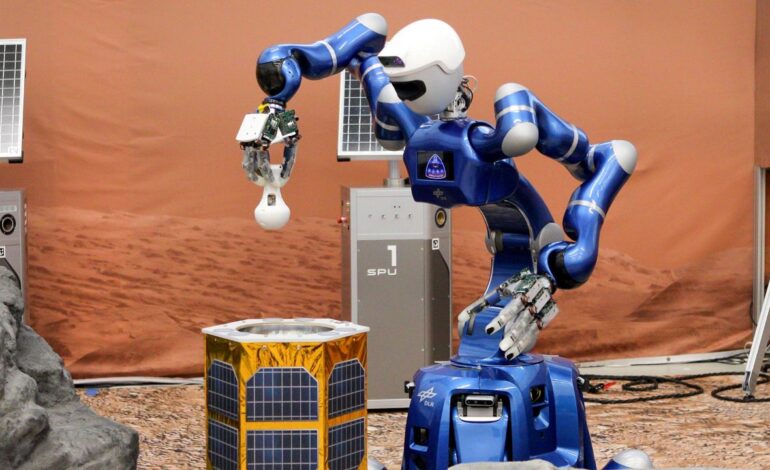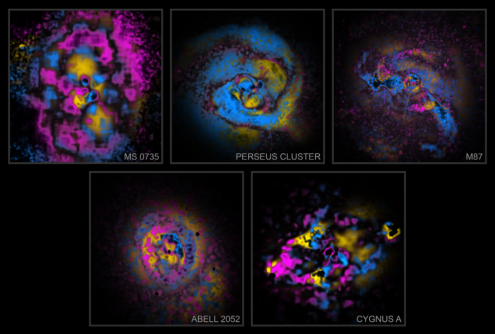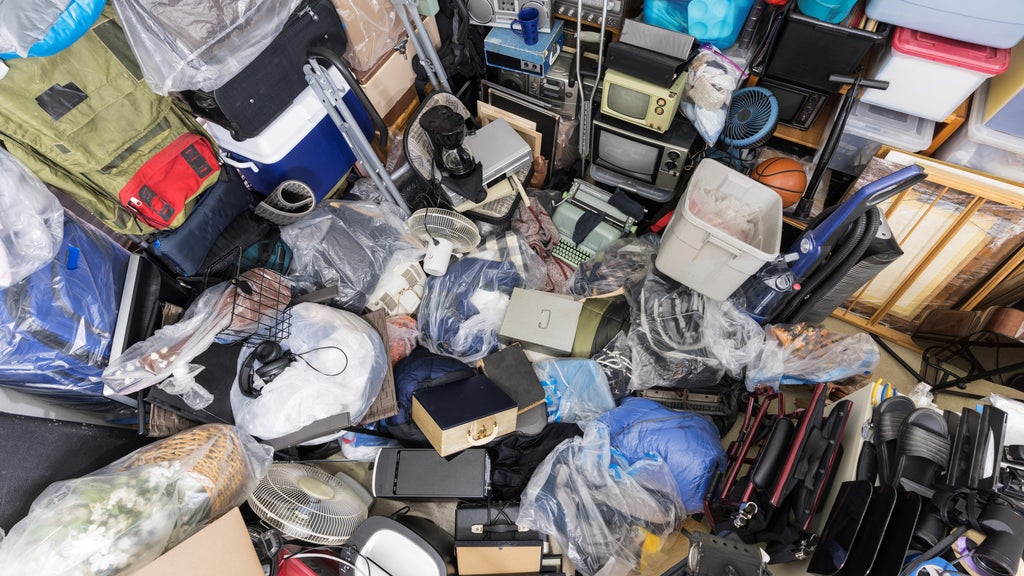NASA Astronaut Commands Robot Team in Mars Simulation from ISS

In a groundbreaking experiment, NASA astronaut Jonny Kim controlled a team of four robotic companions remotely from the International Space Station (ISS) during a simulated Mars mission. This innovative exercise took place in July 2023 at a facility operated by the German Aerospace Center (DLR) in Oberpfaffenhofen, Germany, designed to mimic the Martian landscape.
Kim, orbiting approximately 400 kilometers above Earth, transmitted commands to the robotic team, which included the four-legged robots Bert and Spot, as well as a humanoid robot called Rollin’ Justin and the Interact rover from the European Space Agency. The experiment aimed to test the capabilities of these robots in executing complex tasks under remote control.
Successful Collaboration Between Humans and Robots
The collaboration marked the culmination of the DLR Surface Avatar project, which has been exploring human-robot interaction since 2022. Kim’s mission was particularly challenging; he had to assist Bert, who experienced a simulated leg injury during the exercise. To adapt, Kim conducted a “training” session for Bert, enabling the robot to navigate with only three legs.
“We have now achieved all the technical requirements for controlling complex robotic missions on Mars — and for a future permanent lunar research station,”
said Alin Albu-Schäffer, director of DLR’s Institute of Robotics and Mechatronics. This statement underscores the significance of the experiment in preparing for future missions beyond Earth.
Throughout the exercise, Kim utilized a joystick to control Bert remotely. He was able to see through Bert’s camera and guide the robot into a series of Martian caves, revealing mysterious drawings reminiscent of prehistoric art found in France’s Lascaux caves. This task required precise maneuvering, demonstrating the potential for remote operations in confined spaces.
Innovative Robot Tasks and Future Implications
Alongside Bert, Spot performed impressively, successfully locating and retrieving sample containers placed within the simulated environment. The robot was equipped with a gripper arm and autonomously transported the samples to a designated transfer area, showcasing its operational effectiveness.
As the mission progressed, Kim received real-time support from the AI chatbot “Neal,” which provided answers to his queries, enhancing the overall coordination of the robotic team. This integration of AI highlights the evolving role of technology in space exploration.
Kim’s mission not only tested the robots’ capabilities but also served as a precursor to future endeavors related to NASA’s Artemis program. The Artemis Accords, which Germany is a signatory of, aim to establish international norms for moon exploration and future missions to Mars.
In a significant display of teamwork, Kim concluded the exercise by initiating a handshake with Neal Lii, a DLR scientist and principal investigator of the Surface Avatar project. This moment was facilitated by Rollin’ Justin, which employed force feedback technology to simulate the handshake, emphasizing the emotional connection between human operators and robotic systems.
The successful outcomes of this mission signal a promising future for human-robot collaboration in space exploration, paving the way for advancements in both lunar and Martian missions. As efforts continue to refine robotic capabilities, the potential for more complex and ambitious space missions becomes increasingly attainable.






